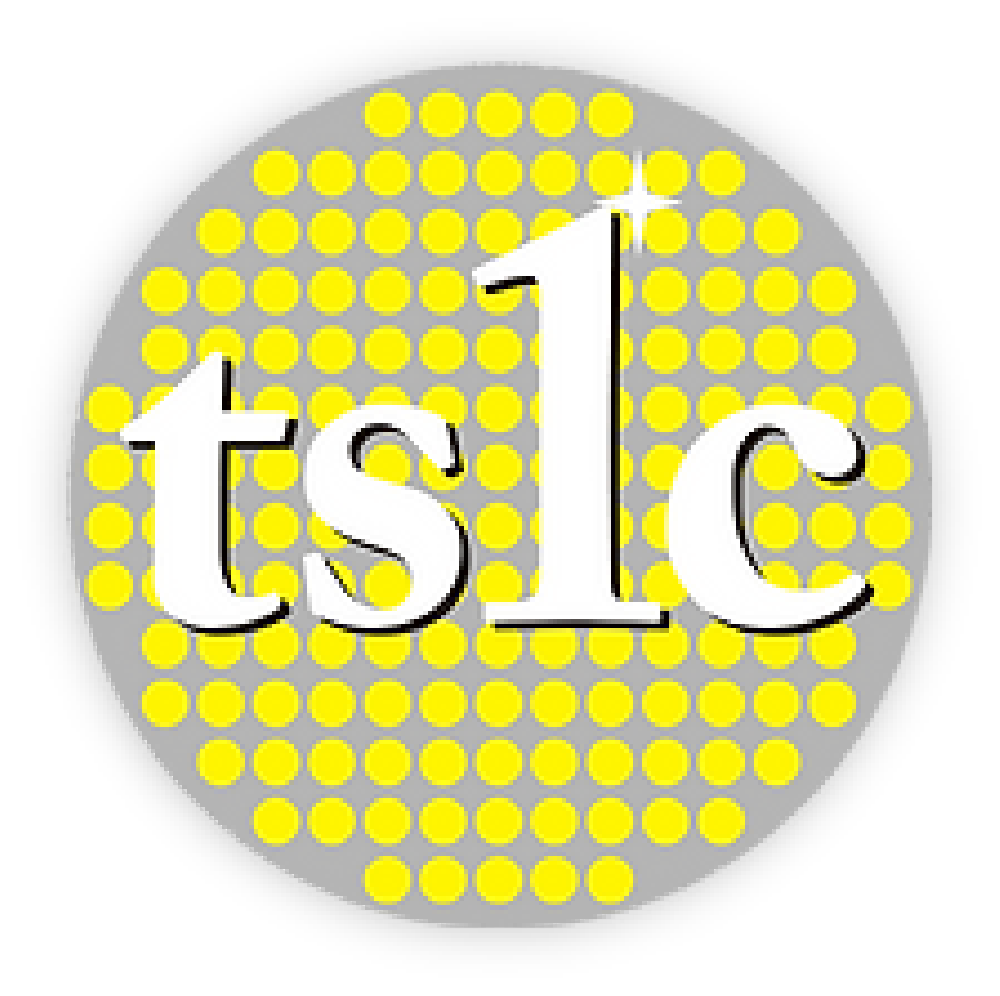Why Algae Control Matters?
Maintaining a clean and healthy aquatic environment is a top priority for aquarium enthusiasts, pond keepers, and aquaculture professionals. Among the methods available, UVC-LED and traditional mercury lamps stand out as effective solutions.
Do UV lights kill algae? This common question highlights the importance of reliable solutions in algae control. This article compares these two technologies, helping you understand how UV lights kill algae and choose the best option for your needs.
How Do UV Lights Kill Algae? Explore UVC’s Role in Aquatic Health
Minimizing Chemical Use
One of the most compelling reasons to use UVC technology for algae control is its ability to minimize or eliminate the need for chemical treatments. Chemical algaecides, while effective, can have adverse effects on aquatic life. Residual chemicals may disrupt the delicate balance of the ecosystem, harm beneficial microorganisms, and pose risks to sensitive species.
UVC-LED systems and mercury lamps both demonstrate how UV lights kill algae through non-chemical methods, utilizing ultraviolet light to effectively target and control algae growth. The UV light disrupts the DNA of algae cells, preventing their reproduction and proliferation. By relying on this physical method, UVC devices provide an eco-friendly solution that preserves aquatic ecosystems and reduces dependency on potentially harmful chemicals.
Pathogen Control
Beyond algae control, UVC technology is highly effective in pathogen management. UVC-LEDs and mercury lamps emit UV-C light at wavelengths that are lethal to harmful microbes, including bacteria and viruses. This makes them invaluable tools for ensuring water quality and preventing the spread of diseases in aquariums, ponds, and aquaculture facilities.
UVC-LEDs, in particular, offer precise wavelength targeting, ensuring maximum efficacy against pathogens. This ability to control harmful microorganisms without introducing foreign chemicals further enhances their appeal for applications where water purity and aquatic health are paramount.
Parasite Control
Parasites are another significant concern in aquatic environments. They can quickly infest an aquarium or pond, causing stress and illness among fish and other aquatic life. Both UVC-LEDs and mercury lamps effectively reduce parasite populations by disrupting their life cycles. UV light exposure can neutralize free-floating parasite stages in the water column, preventing them from attaching to hosts and reproducing.
This targeted action helps maintain a healthier aquatic environment and reduces the need for chemical parasite treatments, which can have side effects and require careful dosing.
Do UV Lights Kill Algae Efficiently? Comparing UVC-LEDs and Mercury Lamps
Low Maintenance and Longevity
When it comes to maintenance, UVC-LED technology outshines traditional mercury lamps. LEDs are renowned for their long lifespan, often lasting tens of thousands of hours before requiring replacement. In contrast, mercury lamps typically have a shorter operational life and may require more frequent replacement, leading to higher maintenance costs over time.
Moreover, UVC-LED systems are often designed with durability and ease of use in mind. They are less prone to breakage and degradation compared to mercury lamps, which contain fragile glass and hazardous mercury that requires careful handling and disposal.
Energy Efficiency
Energy consumption is a key consideration for many aquatic hobbyists and professionals. UVC-LEDs are highly energy-efficient, consuming significantly less power than mercury lamps to produce the same UV output. For those asking, do UV lights kill algae efficiently, UVC-LEDs offer a powerful yet eco-friendly approach by reducing energy costs and supporting sustainable practices.
In a world increasingly focused on reducing carbon footprints, the energy savings offered by UVC-LEDs make them an attractive choice for eco-conscious users.
Enhancing Ecosystem Balance
A balanced ecosystem is essential for the health and vitality of aquatic environments. By controlling algae, pathogens, and parasites, UVC technology helps maintain this balance. Reduced algae growth ensures that beneficial bacteria and other microorganisms can thrive, contributing to the natural cycling of nutrients.
Additionally, the absence of chemical residues means that water quality remains stable, supporting the well-being of fish, plants, and invertebrates. UVC-LED systems, with their precise and efficient operation, allow for fine-tuned management of aquatic environments, promoting harmony and reducing stress on aquatic life.
Compact Design and Small Footprint
Modern UVC-LED systems are designed with a small footprint, making them ideal for applications where space and aesthetics are important. Their compact size allows for seamless integration into aquariums, ponds, and filtration systems without disrupting the overall design or visual appeal of the setup.
In contrast, mercury lamps can be bulkier and may require larger housing units, which could interfere with the cosmetics of an aquarium or pond. The sleek and unobtrusive design of UVC-LED systems ensures that they can be used discreetly, providing effective algae control without detracting from the beauty of the aquatic environment.
Conclusion
Do UV lights kill algae? After reading this article, you now know the answer is a definite yes. But which type of UV light should you choose?
When comparing UVC-LED and mercury lamps for algae control, UVC-LED technology emerges as the superior choice in many aspects. Its ability to minimize chemical use, control pathogens and parasites, reduce maintenance, enhance energy efficiency, and promote ecosystem balance makes it a modern, eco-friendly solution. Additionally, its compact design and long lifespan further enhance its appeal for both hobbyists and professionals.
While mercury lamps have been a reliable option for years, the advancements in UVC-LED technology offer a compelling reason to make the switch. By investing in UVC-LED systems, users can enjoy a cleaner, healthier, and more sustainable aquatic environment with minimal effort and maximum impact.
